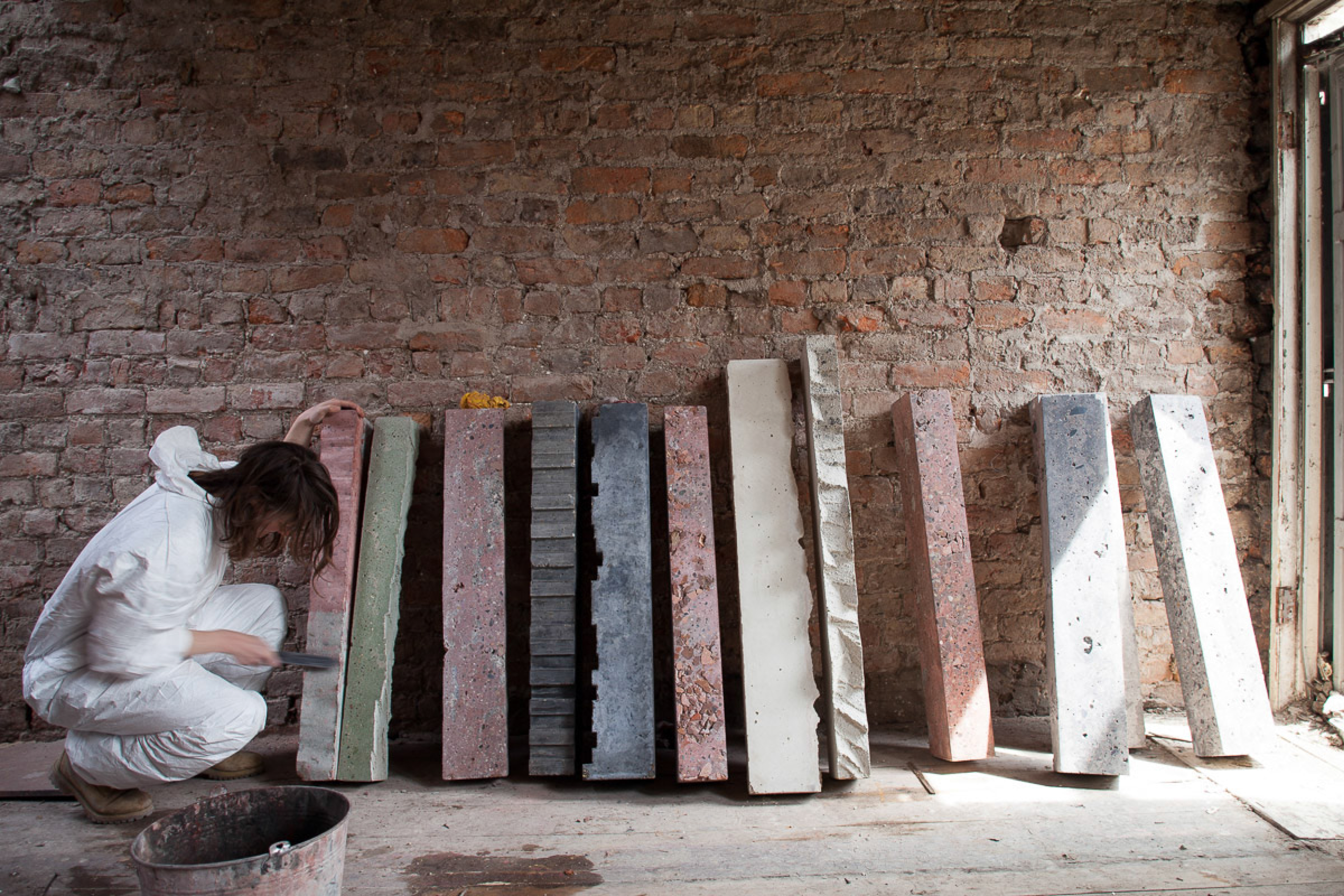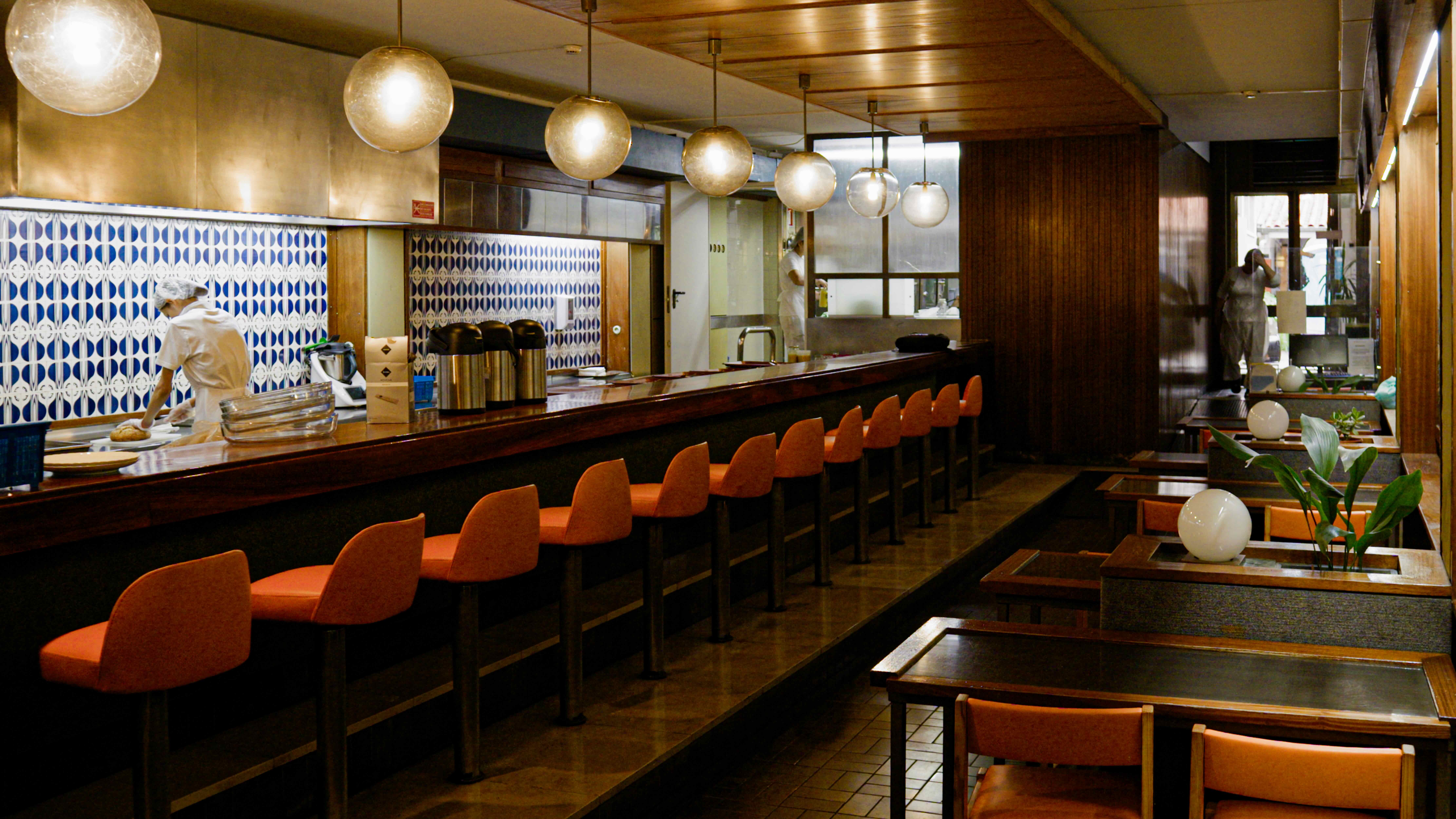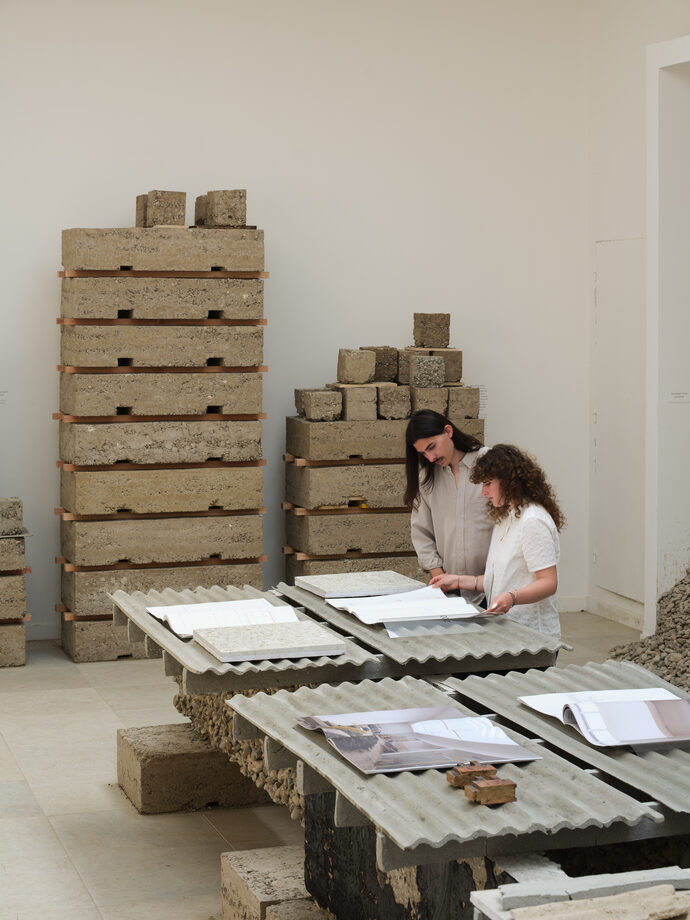The work of Swiss video artist Pipilotti Rist (b.1962) is known all over the world. When DAMN° met her for the opening of her solo exhibition Augapfelmassage (Eyeball Massage) in Mannheim, she appeared fragile and strong at the same time. In a very personal way, Rist comments on her own installations and involves the visitors, asking for their spontaneous impressions and experiences of the single pieces. With 30 videos spanning 25 years, the show is evidence of the intensive sensations of life, with works that are encircled in light, sound and image sequences. Either on tiny screens or in overwhelming video loops that fill the space, the artist explores the innocent and oppressive conditions of being human.
DAM: With your recent exhibition schedule - Mannheim, London, Melbourne, Tokyo, is there ever a time when you stay at home in Zurich?
Pipilotti Rist: Of course! I stay there three-quarters of the year. But people in Zurich think I'm always on the road and the others believe I am always in Zurich. For me, that’s kind of cool! I can live in peace…. (laughs). I only travel for new or major exhibitions. For the rest, Käthe Walser, who is a supreme freelancer and has a wonderful feeling for spaces, helps me. You know, every museum is different and they all have diverse technical conditions. So we check the equipment and the
facilities first – everything depends on that.
DAM: Where does your attraction to video come from?
PR: It all started in 1986. At the time, I made animated cartoons on Super 8 film, but I changed to the video format since it was much more shape-able and included everything – sound, velocity... I like very much the edgy touch of video and the idea that it's a common everyday tool. Over the last 26 years, I have experimented with all existing formats. First I worked with VHS and U-matic (Ed.: analogue recording videocassette), then with Hi8 strips, with Mini DVDs, and finally, with a digital camera. I went through all these steps of technical development, and tried underwater and endoscopic cameras as well.
DAM: Three years ago, you made a movie called Peperminta. What was your experience with the production?
PR: The movie theatre is a predetermined room, similar to one in a museum. But it is a very strict room with special conditions. Everybody has to look in the same direction for 80 minutes. I absolutely wanted to test these parameters and check if I could manage with them…. very difficult, you know. What interested me also was to cooperate with a large team. Due to the financial budget, I could afford the professionals who we normally can’t afford. That was a thrilling experience. There were some restrictions as well - for example, when it came to experimenting. If 10 people are waiting for you, you can hardly act spontaneously. But in the end, a movie came out, and also, the of 'Lobe of the Lung' material derives from this.
DAM: Your video sequences often deal with the human body. What is so fascinating about it?
PR: In my eyes, this question itself is fascinating! We do not have anything else; our body is the only thing. It is the beginning and the end. Furthermore, it's the condition for everything, even the fact that we can sit here and talk to each other. I cannot imagine something beyond the body. Sure, we are also limited, since the body sets up boundaries. But with a camera you can reach perspectives that you are not able to reach with your body... Okay, I must admit that there is a 'beyond' in this sense. Maybe I overdid it by completely denying it.
DAM: What turns the body’s limbs, organs and liquids into an adventure?
PR: The body is our best friend – a machine that is very close to us, but at the same time we are not able to see inside it. We remain with our own secret and can only sense its dimensions. I like autogenic training a lot – to close the eyes and move around in the sensations of different parts of the body. In my work, I make proposals of how I perceive these inner secrets. It is a suggestion and a basis from which to communicate those sensations. DAMN°: 'Lobe of the Lung' shows this tactile experience of the body in a metaphoric way, with sequences of tulip fields, for example.
PR: The installation gives evidence to the fact that we are mammals and we make every effort to distance ourselves from that prospect. We try to explain it in technical and organic dimensions.
DAM: What about the combination of extravagant colours in the video?
PR: For me, these colours are quite normal. Why do you find them extravagant?
DAM: Because they don’t take part in an ordinary routine, and in addition, you combine them with unusual perspectives.
PR: I like to investigate the point of view of others. It’s only a change of angle, but the focus permanently remains on what was previously there. When observing children, I always ask myself how they perceive the world. Or how does a pig see the world? These questions influence me. In the end, there are many more dimensions that I do not touch upon at all. I don’t make microscopic pictures or pictures of space, I always stay in the middle. My field is what we call reality. I don’t believe that reality exists, but I check the boundaries of our constructions of reality.
DAM: And in doing so, you are not afraid of heavy topics like 'eternity'. From where do you get the courage to face these topics?
PR: I am interested in extremes. Of course, I know that these are luxury questions that I am only able to face because I don’t have to struggle for my daily bread. I call these the rest-topics that would remain in a world where everything is fair. In the past, the church and religion gave answers even when these questions were not raised.
DAM: You do not give answers to existentialist questions in your work. Is the search for answers crucial for you, or are the answers more important?
PR: That’s what I am trying to find out. But you are right, my work deals with the kinds of questions that do not have direct answers. I consider today’s art a terrain of research and hypothesis.
DAM: Are gender roles part of your research in the construction of reality?
PR: That’s a good question. I don’t know if these roles have answers. They are strategies for survival, or they show a hysteric element by exploding and fragmenting. In 'Suburb Brain' I wanted to analyse how society organises itself. People build couples in order not to hurt themselves; they make up a nucleus and fix the conditions. Therefore, monogamous relationships help us, even if our instinct rebels. You know, men can be absolutely sure that the children are their descendents! It all has to do with the protection of vested rights and constructions. If we lived without these rules and took everything on offer, we would destroy ourselves and we would be totally unable to cope. Thus, we renounce this, but our permanent dissatisfaction enforces and pushes many things.
DAM:…like the gender roles, for example?
PR: Exactly – they fit perfectly with an ideal. Watching those tendencies like facebook, I notice funny correlations. Everybody pretends that they are all doing very well. But statistics tell us that most people think that others are doing much better than themselves.
DAM: Pippilotta Viktualia, the hero of Astrid Lindgren’s children’s novel, is a puerile anarchist. How much of her anarchy is yours?
PR: That depends on my mood of the day. Sometimes it is more and sometimes less. And there are days when I am also the teacher in Lindgren’s novel…. (laughs). You know, I change roles like everybody. One day I can cope with them and the other day I can’t.
DAM: Actually, altering the view, Pippilotta is a desolate and melancholy character as well…
PR: She is very lonesome, isn’t she?
DAM: Her mother is dead, her father is away. She has to manage life completely on her own.
PR: When I was a child, Pipilotti was my nickname (Ed.: her given name is Elisabeth Charlotte Rist). Perhaps I emulated the character from the novel or I was cheeky... But it is inherently a lonely fortune. You know, just recently somebody told me that I am an introvert disguised as an extrovert... (laughs).
Interview: Sandra Hofmeister





